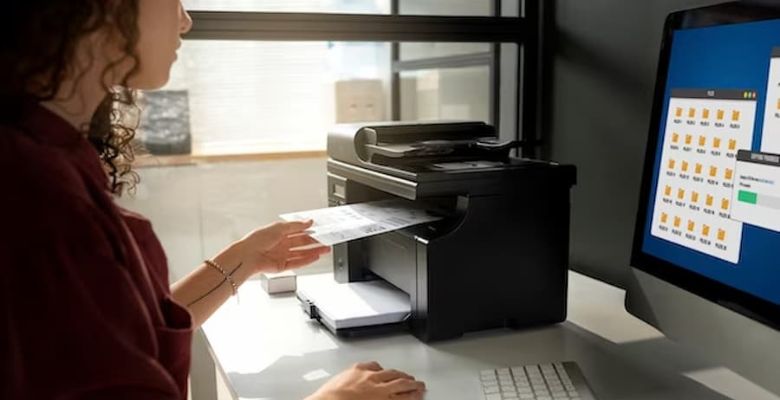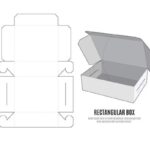In printing, to collate means to arrange printed pages in a specified order. This technique is essential for assembling documents such as reports, brochures, and booklets, as it ensures that each set is in the correct order before binding or distribution. The term comes from the Latin word “collat”, which means to join together or gather.
The Importance of Collating in Printing
Enhancing Workflow Efficiency
Collating significantly enhances workflow efficiency in both commercial and personal printing. By systematically arranging pages, it reduces the chances of errors, such as mixing up sheets or creating disorganized documents. This efficiency is particularly beneficial for large print jobs where maintaining order is essential.
Improving Professionalism
Presenting documents with proper formatting shows a high level of professionalism to businesses. A well-organized set of papers, whether it be a proposal, marketing brochure, or client report, demonstrates attention to detail and improves the company’s reputation.
Conserving Resources and Time
In any printing project, time is a valuable resource. After printing, collating eliminates the need for labor-intensive and time-consuming manual sorting. Organizations can save time and money by using effective collating techniques, freeing up resources for other important duties.
Various Techniques for Gathering

Collating by hand
The process of manually collating entails arranging printed sheets in the proper sequence. Although this approach may work well for small print tasks, it is frequently not feasible for larger projects because of the due to the time and labor involved.
Automated Collating
Automated collating systems are designed to streamline the process. These machines can handle large volumes of printouts, collating them quickly and accurately. Such systems often come with features like:
- Batch Collating: Grouping multiple copies of the same document together.
- Sorting Options: Allowing users to collate documents in various sequences, whether ascending or descending.
- Integration with Printing Systems: Seamlessly working alongside printers to reduce manual handling.
Digital Collating
In the digital age, many businesses utilize software solutions to manage the collating process. Before being submitted to print, digital files that automatically organize pages in the proper sequence must be created. Because it eliminates the need for physical sorting, this strategy is especially beneficial for projects that need to be updated or revised frequently.
Applications of Collating in Various Printing Projects
Business Reports and Proposals
In corporate settings, reports and proposals often require precise organization. Collating these documents ensures that each section flows logically, making it easier for stakeholders to review and understand the content.
Marketing Materials
For marketing teams, collating brochures or flyers can enhance the presentation of promotional materials. Well-organized marketing packs can make a lasting impression on potential clients and customers.
Educational Materials
Schools and educational institutions frequently print course materials, assignments, and exams. Collating these documents ensures that students receive comprehensive and organized information, facilitating better learning experiences.
Event Programs and Invitations
It is essential to compile invites and programs for events like conferences, weddings, and business meetings. It improves the experience by guaranteeing that participants get all the information they require in a logical manner.
Best Practices for Effective Collating

Plan Ahead
Before printing, it’s essential to plan the order in which pages should be collated. Having a clear layout will streamline the entire process.
Utilize Technology
Investing in automated collating machines or software can save time and reduce human error. These tools are designed to handle a high volume of work efficiently.
Quality Control
Implementing a quality control process post-collation can help catch any mistakes before the final product is distributed. This can involve checking the sequence and ensuring all pages are present.
Training Staff
Staff training on the collating process can reduce mistakes and increase efficiency. Everyone may stay informed about new developments in technology and best practices by attending regular training sessions.
Conclusion
In conclusion, everybody working in the printing process needs to grasp the idea of collating. It saves time and money while also increasing professionalism and efficiency. Businesses can greatly improve their printing processes by using the appropriate techniques and best practices. Get in touch with 99 designs packaging for upcoming informative blogs.





